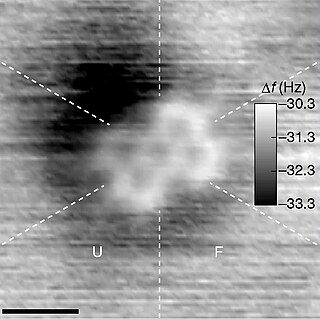
Anatomy is the branch of biology concerned with the study of the structure of organisms and their parts. Anatomy is a branch of natural science which deals with the structural organization of living things. It is an old science, having its beginnings in prehistoric times. Anatomy is inherently tied to developmental biology, embryology, comparative anatomy, evolutionary biology, and phylogeny, as these are the processes by which anatomy is generated over immediate (embryology) and long (evolution) timescales. Anatomy and physiology, which study (respectively) the structure and function of organisms and their parts, make a natural pair of related disciplines, and they are often studied together. Human anatomy is one of the essential basic sciences that are applied in medicine.
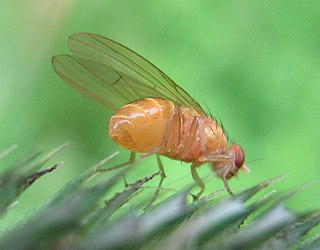
Biology – The natural science that involves the study of life and living organisms, including their structure, function, growth, origin, evolution, distribution, and taxonomy.
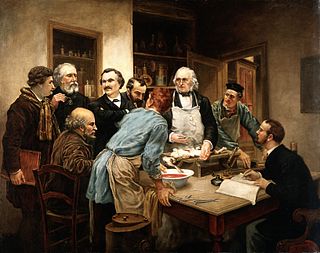
Physiology is the scientific study of the functions and mechanisms which work within a living system.
Zoology is the branch of biology that studies the animal kingdom, including the structure, embryology, evolution, classification, habits, and distribution of all animals, both living and extinct, and how they interact with their ecosystems. The term is derived from Ancient Greek ζῷον, zōion, i.e. "animal" and λόγος, logos, i.e. "knowledge, study".
Computational biology involves the development and application of data-analytical and theoretical methods, mathematical modeling and computational simulation techniques to the study of biological, ecological, behavioral, and social systems. The field is broadly defined and includes foundations in biology, applied mathematics, statistics, biochemistry, chemistry, biophysics, molecular biology, genetics, genomics, computer science and evolution.
The following outline is provided as an overview of and topical guide to neuroscience:
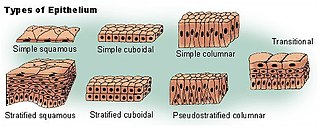
Epithelium is one of the four basic types of animal tissue, along with connective tissue, muscle tissue and nervous tissue. Epithelial tissues line the outer surfaces of organs and blood vessels throughout the body, as well as the inner surfaces of cavities in many internal organs. An example is the epidermis, the outermost layer of the skin.

Morphology is a branch of biology dealing with the study of the form and structure of organisms and their specific structural features.
Grey's Anatomy is an American medical drama television series that premiered on March 27, 2005, on the American Broadcasting Company (ABC) as a mid-season replacement. The fictional series focuses on the lives of surgical interns, residents, and attending physicians, as they develop into seasoned doctors while trying to maintain personal lives and relationships. The title is a play on Gray's Anatomy, a classic human anatomy textbook first published in 1858 in London and written by Henry Gray. Shonda Rhimes developed the pilot and continues to write for the series; she is also one of the executive producers, along with Betsy Beers, Mark Gordon, Krista Vernoff, Rob Corn, Mark Wilding, and Allan Heinberg. Although the series is set in Seattle, it is filmed primarily in Los Angeles, California.
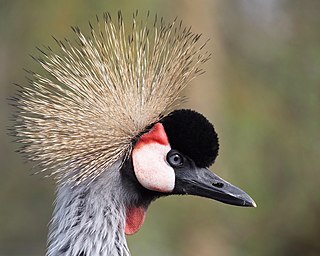
The crest is a prominent feature exhibited by several bird and other dinosaur species on their heads.

Plant anatomy or phytotomy is the general term for the study of the internal structure of plants. Originally it included plant morphology, the description of the physical form and external structure of plants, but since the mid-20th century plant anatomy has been considered a separate field referring only to internal plant structure. Plant anatomy is now frequently investigated at the cellular level, and often involves the sectioning of tissues and microscopy.

The arcuate arteries of the kidney are vessels of the renal circulation. They are located at the border of the renal cortex and renal medulla.
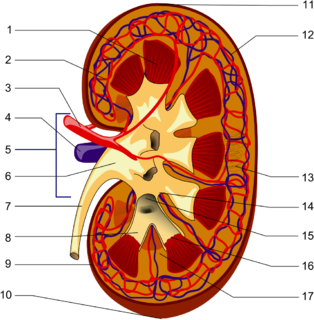
The interlobar arteries are vessels of the renal circulation which supply the renal lobes. The interlobar arteries branch from the lobar arteries which branch from the segmental arteries, from the renal artery. They give rise to arcuate arteries.
Biology is the natural science that studies life and living organisms, including their physical structure, chemical processes, molecular interactions, physiological mechanisms, development and evolution. Despite the complexity of the science, there are certain unifying concepts that consolidate it into a single, coherent field. Biology recognizes the cell as the basic unit of life, genes as the basic unit of heredity, and evolution as the engine that propels the creation and extinction of species. Living organisms are open systems that survive by transforming energy and decreasing their local entropy to maintain a stable and vital condition defined as homeostasis.

Fruit anatomy is the plant anatomy of the internal structure of fruit.
Sairostoma is a genus of air-breathing land snails, terrestrial pulmonate gastropod mollusks in the family Streptaxidae.
Elma is a genus of air-breathing land snails, terrestrial pulmonate gastropod mollusks in the family Streptaxidae.

The subphylum Hexapoda constitutes the largest number of species of arthropods and includes the insects as well as three much smaller groups of wingless arthropods: Collembola, Protura, and Diplura. The Collembola are very abundant in terrestrial environments. Hexapods are named for their most distinctive feature: a consolidated thorax with three pairs of legs. Most other arthropods have more than three pairs of legs.

The Lacertoidea is a group of lizards that includes the Lacertidae, Teiidae, Gymnophthalmidae, and the burrowing Amphisbaenia.

Columbimorphae is a clade discovered by genome analysis that includes birds of the orders Columbiformes, Pteroclidiformes (sandgrouses), and Mesitornithiformes (mesites). Previous analyses have also recovered this grouping, although the exact relationships differ. Some studies indicate a sister relationship between sandgrouse and pigeons while other studies favor a sister grouping of mesites and sandgrouse instead.

